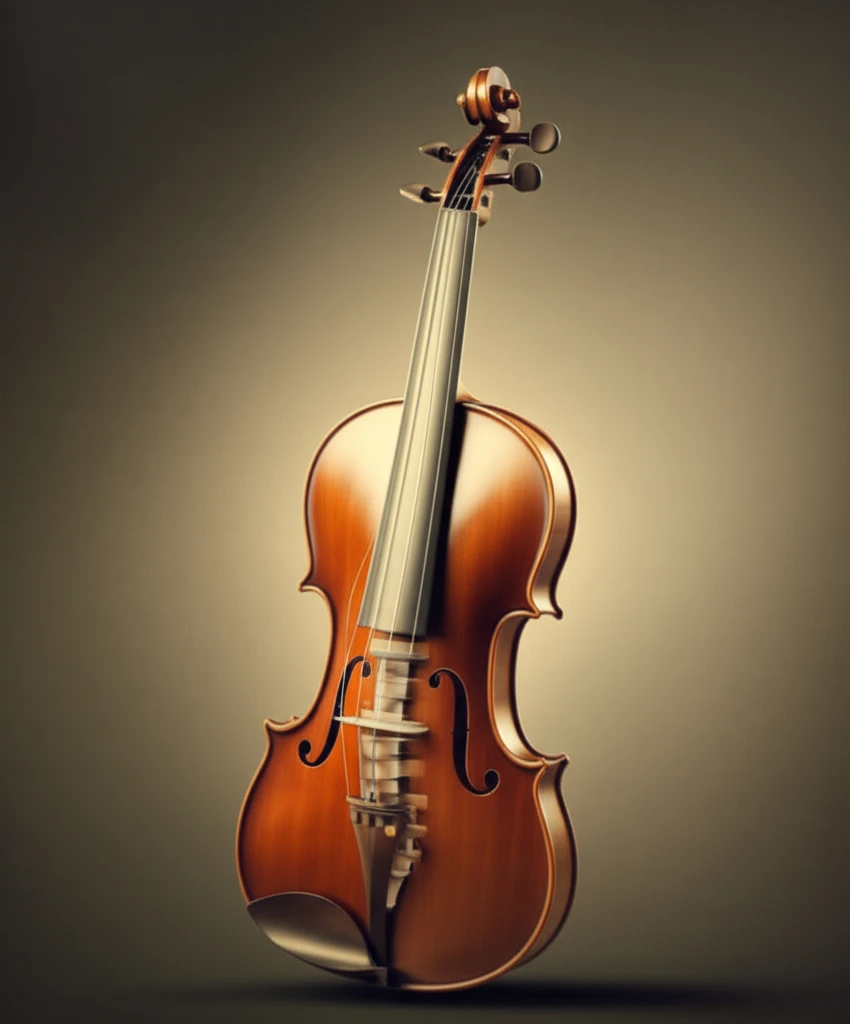
Playing Through the Pain? How Music Students Can Protect Their Bodies
"Elite musicians face unique physical challenges. Learn how changes in practice time can impact musculoskeletal health and what you can do to stay pain-free."
For musicians, their bodies are their instruments. The countless hours spent practicing and performing demand intense physical dedication. From concert halls to small studios, musicians must cultivate healthy habits early in their careers to prevent chronic issues, particularly musculoskeletal pain. Yet, the life of a music student is often marked by fluctuating practice schedules, intense rehearsals, and the pressure to constantly improve. This can lead to overuse injuries that can affect their careers and overall well-being.
A study published in Medical Problems of Performing Artists sheds light on this critical issue, exploring how sudden changes in playing time affect the development of playing-related musculoskeletal pain (PRMP) in students who play bowed string instruments (BSI). These instruments—violin, viola, cello, and double bass—require unique, often asymmetrical postures that place specific demands on the body.
While the connection between intensive practice and pain might seem obvious, this research delves into the specifics, offering insights into how young musicians can safeguard their physical health amidst rigorous training. By understanding the risks and implementing preventative strategies, aspiring musicians can build lasting careers without sacrificing their physical well-being.
The Link Between Increased Playing Time and Pain: What the Research Shows

The study followed 93 BSI students attending intensive summer music camps—environments known for pushing young musicians to their limits. Participants completed questionnaires at the beginning and end of a week-long session, detailing their playing habits and any pain they experienced. The results revealed a clear trend: as playing time increased, so did the frequency and intensity of pain.
- Increased Pain Intensity: Participants reported a notable increase in pain intensity, regardless of whether they described it as their “worst,” “least,” “average,” or “current” pain level.
- New Pain Cases: A significant number of students who initially reported no pain developed playing-related pain during the week.
- Impact on Performance: Many students felt that their pain negatively impacted their ability to play, affecting their technique and overall performance.
Practical Strategies for Protecting Your Body
The study's findings underscore the need for young musicians to prioritize injury prevention. Here’s what you can do to minimize your risk of developing PRMP: <ul> <li><b>Gradual Progression:</b> Avoid sudden spikes in playing time. Gradually increase your practice duration to allow your body to adapt.</li> <li><b>Proper Posture and Technique:</b> Work closely with your instructors to ensure you maintain correct posture and technique. Addressing these issues early can prevent long-term problems.</li> <li><b>Regular Breaks:</b> Incorporate frequent breaks into your practice sessions to avoid overuse.</li> <li><b>Warm-Up and Cool-Down:</b> Just like athletes, musicians need to prepare their bodies for the demands of playing. Include stretching and light exercises in your routine.</li> <li><b>Listen to Your Body:</b> Pay attention to any pain or discomfort and address it promptly. Don't push through pain, as this can lead to more serious injuries.</li> <li><b>Seek Professional Help:</b> If you experience persistent pain, consult a healthcare professional specializing in performing arts medicine. They can provide personalized advice and treatment options.</li> </ul> By understanding the risks and implementing preventative measures, young musicians can pursue their passion while protecting their physical well-being. A long and fulfilling career in music depends on a healthy body.
